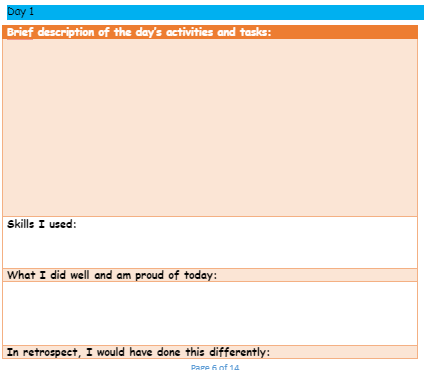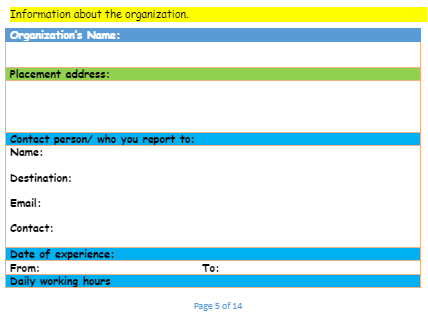How to set up a work-experience programme
Work experience provides students with practical experience, bridging the gap between academic learning and real-world application

Sponsored by
One of the most rewarding yet challenging tasks for counsellors is to find innovative ways to enhance the career readiness of students.
One particularly effective technique I have employed is the initiation and management of a work-experience programme. This programme not only provides students with practical experience, but also bridges the gap between academic learning and real-world application.
Other benefits include career exploration, skills development and networking – all of which can help students find a job in the future.
Here, I will outline how you can incorporate a work-experience or internship programme into your school, drawing from my own experience in successfully launching such a programme.
Launching a work-experience programme
1. Research and preparation
Begin by researching companies and organisations that are willing to host interns. Look for those that align with the interests and career aspirations of your students.
Create a list of potential partners, including contact details and a brief description of what each organisation does.
2. Stakeholder management
Try to generate support from stakeholders on the school staff, including curriculum coordinators, heads of departments, the head of the school and parents.
Here is how you can approach them:
Introduction: introduce the concept of work experience and its benefits for students.
Support request: request their support in terms of time, resources and any other assistance they can offer. For example, I was provided with a transport allowance to reach out to potential companies.
Parental involvement: the Parents’ and Teachers’ Association (PTA) can be an invaluable resource. In my case, I reached out to the PTA chairperson and explained the importance of internships. I then asked for a slot in the next PTA meeting to present my proposal.
During the meeting, I did the following:
Presentation: clearly explained what work experience is, its importance and how parents can help.
Volunteer request: I asked parents to volunteer to host students or to reach out to their contacts who might be willing to participate. I shared a Google form, as well as a hard-copy form, to capture details of those willing to host students. This approach was highly successful, with all students placed with parent volunteers or their associates.
Managing the work-experience programme
Once you have established a network of willing organisations and secured the support of your school and parents, it is time to manage the programme.
1. Student preparation
Prepare students for work experience by guiding professional behaviour, expectations and goals. This can include workshops on résumé writing, interview skills and workplace etiquette.
I also prepared a student logbook to be filled in by every student daily while on internship. This was to be signed by their supervisor to mark the completion of the programme.
2. Matching students with organisations
Carefully match students with organisations that align with their interests and career goals. This ensures that both student and host organisation benefit from the experience.
3. Monitoring and support
Regularly check in with the students and the host organisations by phone call, in-person visit or email, to ensure that everything is running smoothly. Provide support and address any issues promptly by sharing your contact details with everyone involved in the programme.
Evaluation and feedback
At the end of the internship, gather feedback from students and host organisations. This will help you to assess the programme’s success and identify areas for improvement.
Share feedback with your stakeholders to give them quantifiable data that demonstrates the success of the programme and of career guidance as a whole. This will help you when you want to work with academic heads of departments to promote career events in future, or to work with stakeholders again.
Below are two sample pages from my feedback form.


Negotiating difficulties
Implementing a work-experience programme is not without its challenges. Here are some common issues, as well as advice on how to address them:
Finding host organisations: this can be difficult initially, but persistence is key. Contact your own network, attend local business events, use social media, and ask parents and their contacts to help.
Student readiness: some students may lack the necessary skills or confidence for the workplace. Provide comprehensive pre-internship training and continuous support throughout the internship.
Logistical issues: coordinate with your school administration to manage logistics such as transport and scheduling.
As you embark on this journey, remember that the effort you put into a work-experience programme will pay off in the form of better-prepared, more confident, more career-ready students.




